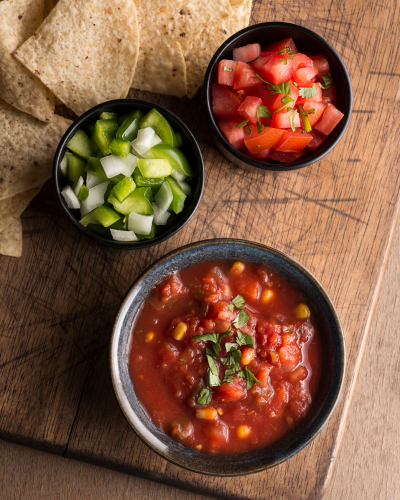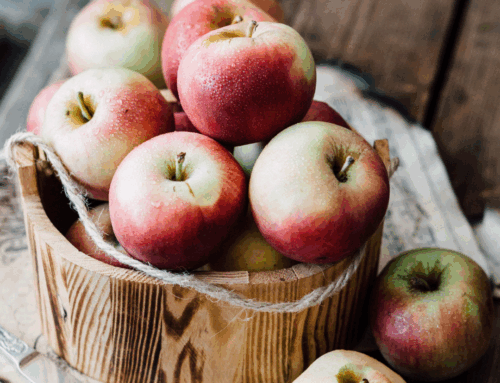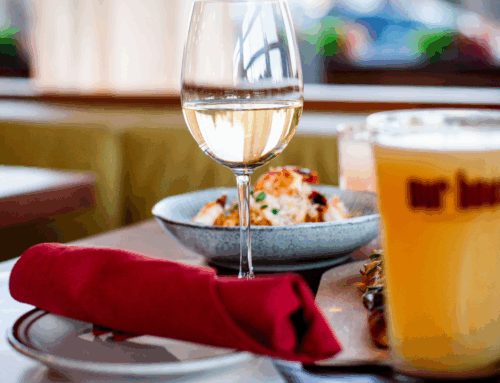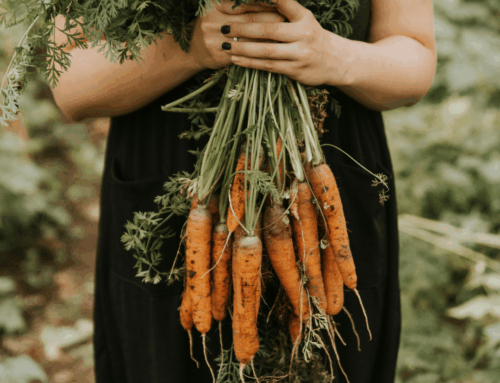SALSA – A CRASH COURSE
For thousands of years, some version of what we know today as salsa was so ubiquitous to the Aztec, Maya and Inca that they didn’t even have a name for it.
A diet of mild corn, beans, squash, along with fatty meats, benefited immeasurably from a mash-up of spicy chiles, squash seeds, tomatoes, onions, lime juice and cilantro. They probably put that stuff on everything.
Today, salsa is the most popular condiment in the world, outselling even ketchup.
In its many permutations, salsa’s common denominator is always peppers.
While tomatoes, onions, lime, and cilantro play important roles in the most basic salsa fresca, chiles are pivotal in all salsas.


CHILI OR, CHILE OR CHILLI
How to spell that pepper ?
A WORD ON FRUIT SALSAS
Since tomatoes, peppers, avocadoes (yes, guacamole is a salsa!), and tomatillos are technically fruits, all salsas are fruit salsas. However, mangoes, pineapples, papayas, oranges, jicama and even cucumbers come together to create something else entirely. Served as a chopped salad next to spicy grilled porkchops or swordfish, a tropical mango and pineapple salsa, with the crunch of chopped jicama and doused in lime juice and cilantro, is sublime.
PETER PIPER’S PECK
Here are a very few (there are so many!) fresh, smoked and dried chiles to help expand your salsa repertoire.
Probably the most common and easiest to find. They are usually sold green and have a bite, but the flavour is mostly bright and tangy, imparting a freshness to your salsa. Ripened and dried jalapeños are called chipotle chiles, often reconstituted in adobo sauce and sold in small tins.
Hotter still, with a deeper more savoury flavour profile. A good rule of thumb: the smaller the chile, the hotter it will be. Some say the salsa Pico de Gallo (rooster’s beak) is named after the pointy shape of this chile.
These can be purchased dried and then reconstituted (they are called Ancho chiles when ripened to red and dried), but the fresh green chiles are worth buying for their unique fruity flavour. They are milder than jalapeños and are often prepared stuffed.
These long green, relatively mild peppers are indispensable in Southwestern cuisine. The air is redolent with charring peppers during the season all throughout the southern states, but roasting and peeling is a pain, so I tend to look for them in cans, already peeled (and sometimes chopped).
This is a very hot pepper and should be used with some caution. It is also incredibly addictive with a flavour unlike any other pepper. What to do? Find a balance and don’t deprive yourself of this delectable chile. They’re one of the prettiest peppers as well. Cute, but deadly.
Life without salsa is like no life at all

MISCELLANY
- Capsaicin, the active element in chiles, is predominately found in the membranes. The seeds are not really the source of the fire, as is commonly believed, but are only affected by being attached to the white pith and thus covered in the oil.
- The Scoville Heat Unit (SHU) chart really helps to get an idea of what to expect from chiles vis a vis hotness. For example, bell peppers are 0 on the scale with the Carolina Reaper weighing in at up to 2,000,000.
- You can moderate the spiciness of any chile by removing the insides… or not.
- It’s a good idea to use gloves and resist the urge to touch your eyes and other mucous membranes.
- If a recipe calls for Mexican oregano, don’t substitute the Italian pizza sort – just do without. The Mexican variety has a minty, citrus-y flavour that, just can’t be duplicated.
- Roasting your vegetables (tomatoes, onions, peppers, tomatillos, etc.) before chopping or blending imparts an added layer of smoky charred flavour. Different, but not necessarily always better.
- Many salsas are prepared raw and meant to be consumed within a short period of time, if not immediately. Many are cooked, however, and are ideal for canning and enjoying out of season, right out of the jar. Just be sure the recipe you use is properly adapted to the canning process. Ph balance is important.

THE SCOOP ON SALSA
- Capsaicin, the active element in chiles, is predominately found in the membranes. The seeds are not really the source of the fire, as is commonly believed, but are only affected by being attached to the white pith and thus covered in the oil.
- The Scoville Heat Unit (SHU) chart really helps to get an idea of what to expect from chiles vis a vis hotness. For example, bell peppers are 0 on the scale with the Carolina Reaper weighing in at up to 2,000,000.
- You can moderate the spiciness of any chile by removing the insides… or not.
- It’s a good idea to use gloves and resist the urge to touch your eyes and other mucous membranes.
- Fruit Salsas: Since tomatoes, peppers, avocadoes (yes, guacamole is a salsa!), and tomatillos are technically fruits, all salsas are fruit salsas. However, mangoes, pineapples, papayas, oranges, jicama and even cucumbers come together to create something else entirely. Served as a chopped salad next to spicy grilled porkchops or swordfish, a tropical mango & pineapple salsa, with the crunch of chopped jicama and doused in lime juice and cilantro, is sublime.
- If a recipe calls for Mexican oregano, don’t substitute the Italian pizza sort – just do without. The Mexican variety has a minty, citrus-y flavour that, in my opinion, just can’t be duplicated.
- Roasting your vegetables (tomatoes, onions, peppers, tomatillos, etc.) before chopping or blending imparts an added layer of smoky charred flavour. Different, but not necessarily always better.
- A lot of salsas are prepared raw and meant to be consumed in a short period of time, if not immediately. Many are cooked, however, and are ideal for canning and enjoying out of season, right out of the jar. Just be sure the recipe you use is properly adapted to the canning process. Ph balance is important.
- Check out a sauce called chamoy, a salty, sweet, sour, spicy product made of dried pickled fruit, usually plums or apricots. The provenance goes back to China, through the Philippines and on to Central and South America and Mexico. A little dash of this intriguing sauce will take a fruit salsa in a whole different direction.










Leave A Comment